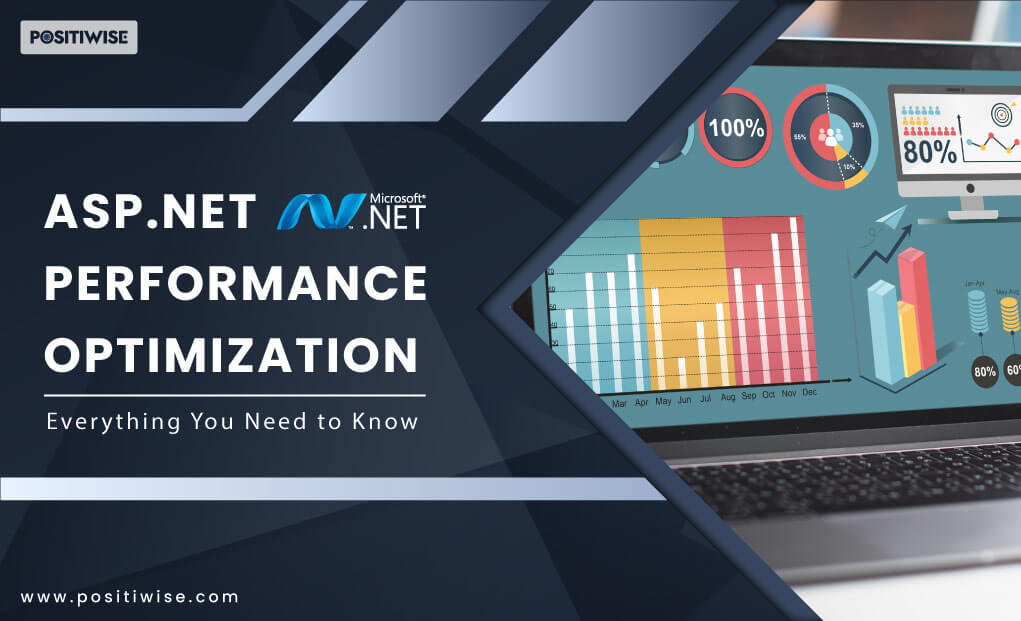CCJ In Heng Insights
Explore the latest trends and insights across diverse topics.
Turbocharge Your Website Speed with These Simple Tricks
Unlock lightning-fast website speed! Discover simple tricks that will turbocharge your site and boost your traffic instantly.
5 Proven Techniques to Enhance Your Website Speed
In today's digital landscape, website speed is crucial for user experience and SEO. A fast-loading site not only keeps visitors engaged but also contributes to your site's ranking on search engines. Here are 5 proven techniques to enhance your website speed:
- Optimize Images: Scale down your image sizes without compromising quality. Use tools like TinyPNG to compress images, ensuring quicker load times.
- Minify CSS and JavaScript: Reduce the size of your code by removing unnecessary characters. Plugins like W3 Minify can help streamline your files.
- Leverage Browser Caching: Allow browsers to store certain elements of your webpage for faster reloads. Implement caching techniques as suggested by Google Web Dev.
- Choose a Reliable Hosting Provider: A quality hosting service can significantly impact load speeds. Research options on WPBeginner.
- Utilize a Content Delivery Network (CDN): A CDN can distribute your content across multiple servers, reducing the distance data travels to reach your users. Evaluate CDN options like Cloudflare for reliability.

How Website Speed Affects User Experience and SEO
Website speed plays a critical role in enhancing user experience and is a significant factor influencing SEO. According to a report by Google, 53% of mobile users abandon sites that take longer than three seconds to load. This delay can lead to higher bounce rates and reduced user engagement, making it essential for website owners to prioritize speed optimization. By employing techniques such as image compression, minimizing HTTP requests, and leveraging browser caching, users can enjoy faster loading times, ultimately fostering a more positive interaction with the site. For more insights, you can read this guide on optimizing performance.
Furthermore, search engines like Google have made it clear that website speed is a ranking factor, meaning that a slow site can negatively impact its visibility in search results. The Core Web Vitals, which measure loading performance, interactivity, and visual stability, have become vital indicators of how well your site performs. To enhance both user experience and SEO, it is advisable to regularly test your website's speed using tools such as Google PageSpeed Insights or GTmetrix. These tools not only identify areas needing improvement but also provide actionable recommendations to boost site performance. Learn more about Core Web Vitals here.
What Are the Best Tools to Measure Your Website Performance?
When it comes to measuring your website performance, various tools can provide valuable insights into different aspects of your site's functionality. One of the best tools is GTmetrix, which analyzes your site's speed and offers recommendations for improvement. Another excellent option is Google PageSpeed Insights, which evaluates both mobile and desktop versions of your site to help enhance user experience. Furthermore, SEMrush not only tracks website performance metrics but also aids in SEO optimization, making it a comprehensive tool for digital marketers.
In addition to those tools, Pingdom is another reliable choice for monitoring website uptime and performance in real-time. It provides detailed breakdowns of load times and alerts you if your site goes down. Finally, StatCounter offers analytics that helps track visitor data and user engagement, which are crucial for understanding how performance affects audience interaction. Utilizing a combination of these tools will give you a well-rounded picture of your website's performance and areas for improvement.